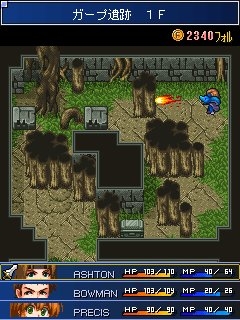
The Western name for this pair is Gemini (“The Twins”) Nanamua is called Castor (Alpha Geminorum) and Nanahope Pollux (Beta Geminorum). Other Hawaiian names: Mahau (“Twins”-M), Mahana (“Twins”), Na Hoku-Mahana, and Na-lalani-a-Pili-lua (“The lines of the clinging ones”-J & M). Johnson-Mahelona and Makemson give the name as “Nana,” equivalent to “Ana,” or star, so “Nana-mua” means “First star” and “Nana-hope” means “Last star.” The pair of stars is also called Nana-mua-ma (“Nana-mua and associate”). The first of the pair to appear in the Hawaiian sky, a whitish green star, is called Nana-mua (“Look forward”) the sun yellow star that follows is called Nana-hope (“Look behind”). Na Mahoe (“The Twins”) is a pair of stars. According to Johnson and Mahelona, Hokulei is an “unidentified star, lit., ‘star-suspended over land'” (5). The Western name for Hokulei, the star, is Capella (Alpha Aurigae) the name of the constellation that includes the circle of five stars is Auriga (“Charioteer”). According to Makemson, Hokulei is also the name for a circle of five stars forming a star-lei, the star Hokulei being the brightest star in the lei. Hoku-lei (“Star-Wreath”): This sun-yellow star is at the ‘akau end of Ke Ka o Makali‘i. The five stars of Ke Ka o Makali‘i are the following: It rises in the east like a cup, holding the constellation of Orion and Taurus, and as it begins to set in the west, it pours the content of the cup down to the western horizon.ĭuring Ho’oilo (the winter season from November to April), these stars are visible for most of the night in the Hawaiian sky during Kau (the summer season from May to October), these stars are in the sky overhead mostly during the daylight hours. Ke Kā o Makali‘i is formed by five stars curving across the sky from ‘akau (north) to hema (south) in the shape of a bailer. Ke Kā o Makali‘i (“The Canoe-Bailer of Makali‘i”) For more charts depicting these star lines rising and setting, see “ Star Lines Rising and Setting”.) Star Line 1. The star lines appear one after another in the sky. A fishhook (Manaiakalani is the name of Māui’s fishhook) followed by 4. Or the line can be remembered as a sequence of objects:ġ.

A square (the fourth quarter of the sky includes the Great Square of Pegasus). A triangle (Manaiakalani contains the three bright stars of the Navigator’s Triangle) followed by 4. A line (Iwikuamo’o, sometimes called the “North-South Star Line”) followed by 3. A curve (Ke Ka, “The Canoe-Bailer”) followed by 2. One way to remember the sequence of the four quadrants of the sky is to remember it geometrically :ġ.

Ka Lupe o Kawelo (“The Kite of Kawelo”).Ke Ka o Makali‘i (“The Canoe-Bailer of Makali‘i”).To help remember the pattern of stars in the sky, Nainoa Thompson has organized the sky into four star lines, each line taking up about one fourth of the celestial sphere: On cloudy nights, when only parts of the sky are visible, he may recognize isolated stars or star groups and imagine the rest of the celestial sphere around them. The wayfinder memorizes the position of stars on the celestial sphere in order to use them as directional clues when they rise and set.


 0 kommentar(er)
0 kommentar(er)
